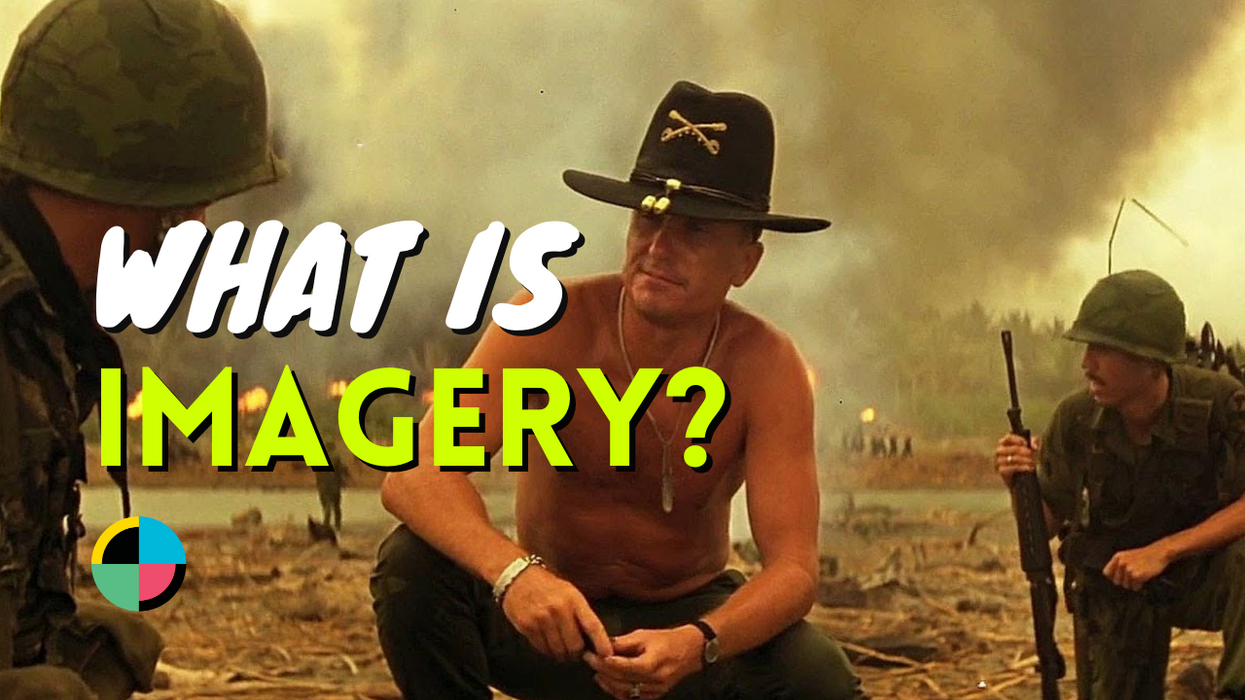Watch: Techniques Every Cinematographer Can Learn from Roger Deakins
Filmmakers have much to learn from 'Blade Runner 2049' master DP Roger Deakins.

[Editor's Note: This article was published last year before Roger Deakins ultimately went on to win a much deserved Academy Award for his work on Blade Runner 2049. Congrats Roger!]
Given that films are ultimately collaborative efforts, requiring that the skills of each individual crew member, actor, and other personnel work together in relative harmony, it might be difficult to isolate one part of a film and use it to bolster your own creative efforts. And yet, in Roger Deakins' case, it's not so difficult. In fact, in films in which Deakins works as DP, the cinematography takes on a life of its own, and can be studied in and of itself.
Nelson Carvajal's latest video essay for RogerEbert.com, partially created to bemoan the fact that Deakins has not received an Academy Award, points out some timeless techniques, or rather aesthetic goals, Deakins maintains that anyone could learn from.
The macrocosmic view
When immersed in a story, it would be easy for a filmmaker to let the details take over, to let an obsession with who did what to whom and why and where and when and how engulf both the plot and its visual representation, and yet with Deakins at the visual helm, that would never be a concern. As Carvajal's piece indicates, Deakins is a master of the macrocosm, of letting us know how small each individual struggle is by comparison with a more vast backdrop.
Look, for instance, at that well-known scene of a state trooper's car pushing on into the Minnesota wastes of Fargo, a minute symbol of law, rectitude, justice, nearly swallowed up by acres of its opposite. Or look at the three chained travelers of O Brother, Where Art Thou? hippety-hopping across a huge field, a hint at the magnitude of the journey they are about to take. These relationships can be represented visually, and watching Deakins work can be a way of learning how to pull them off.

The intensity of the microcosm
Just as the universality of a story is essential, giving life to its smallest aspects is also a crucial part of the cinematographer's job. Carvajal offers us one moment from The Assassination of Jesse James by the Coward Robert Ford which tells everything and gives away nothing at the same time; we see Brad Pitt's James, alone, in his backyard, smoking. The outlaw in repose? The outlaw pondering his next big heist? The outlaw considering his own mortality, wondering who's going to be the first to take him out? Possibly any one of these, maybe all three; the point is that, even though the shot keeps us slightly removed from James, we see him and get a slight glimpse into his microcosm.
Conversely, linger over one of the numerous seduction scenes from The Reader, we see Kate Winslet's Hanna Schmitz, working her way down Michael Berg's (David Kross) younger chest—satiation for one, education for the other, brought to being by the way Deakins' camera isolates these two figures for maximum intensity.

Life is motion
Just as a cinematographer can teach viewers a lot about a story through vantage points, he or she can also show us characters in motion, at their most vivid and engaged, reminding us that stories are all about the actions we take and the reactions that occur as a result.
Deakins is a master of letting the characters in front of his camera breathe. Look at that magnificent fight scene from Skyfall, all in silhouette, as James Bond half-wrestles, half-dances with an assailant against a fluorescent backdrop. Or trace the circular motion of Anton Chigurrh (Javier Bardem) in No Country for Old Men, as he writhes with one of his victims on the floor, slowly strangling him to death but not without a struggle. The message Deakins is able to bring home, again, and again, is this: life is motion. If you're able to represent that truth cinematically, you'd make Deakins proud.
What are your favorite Deakins scenes? Let us know in the comments.
Source: RogerEbert.com











